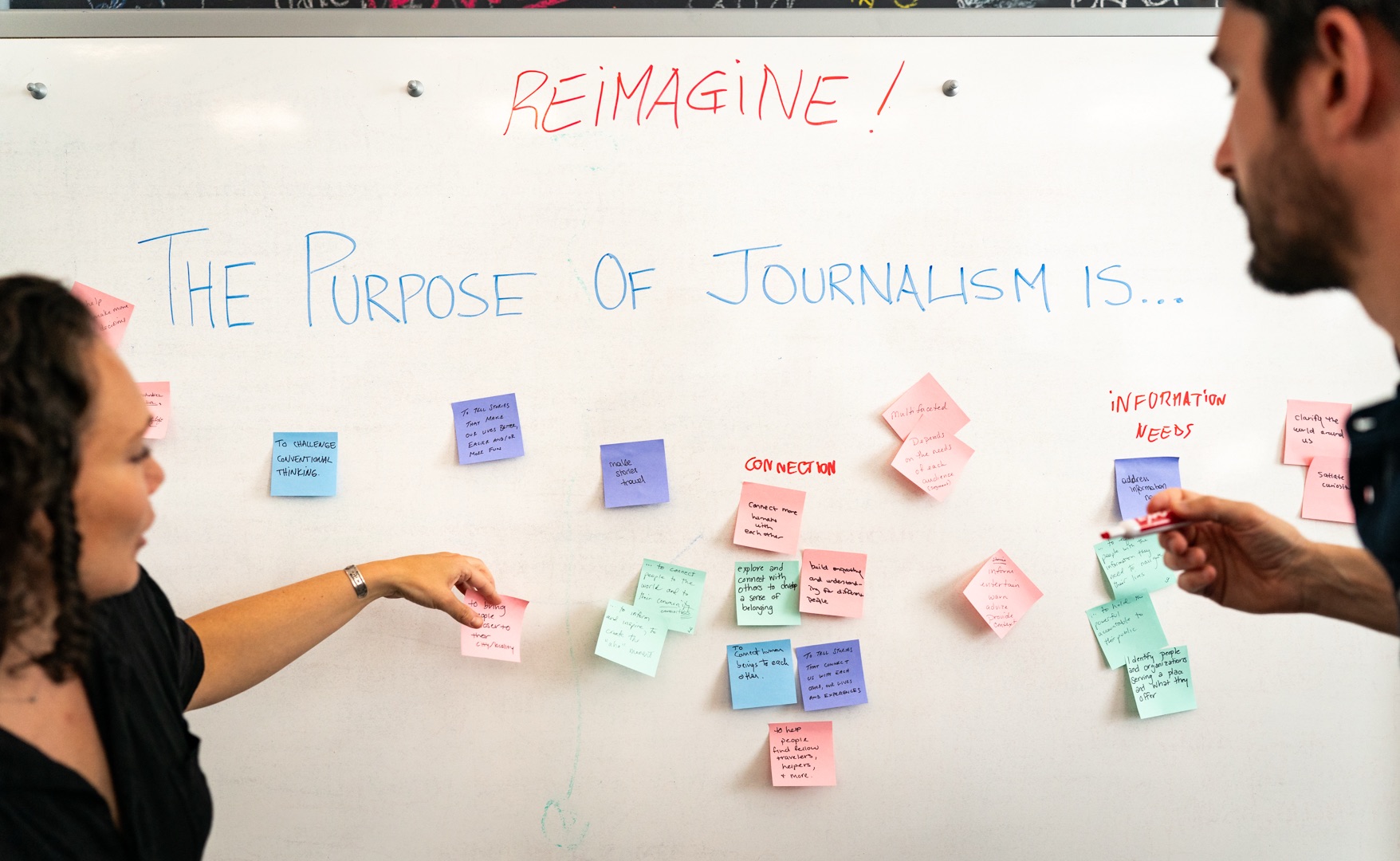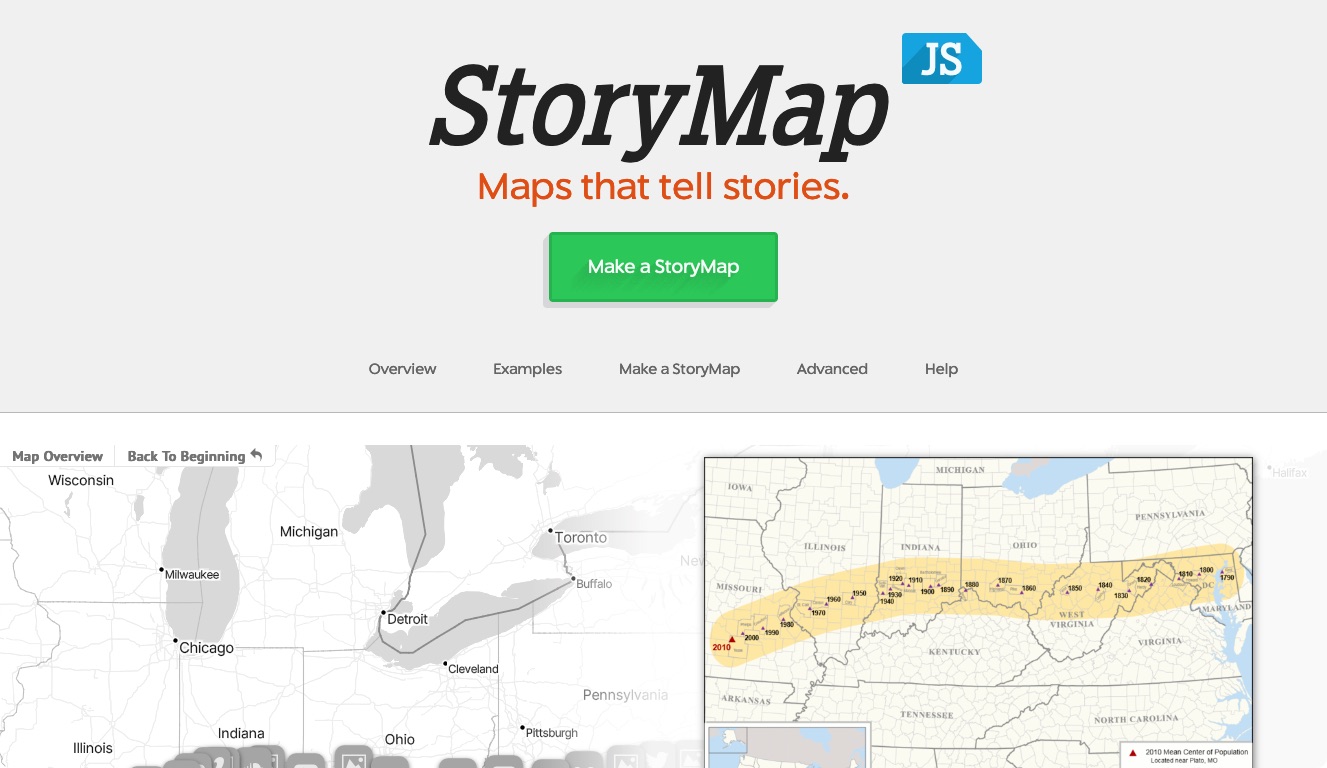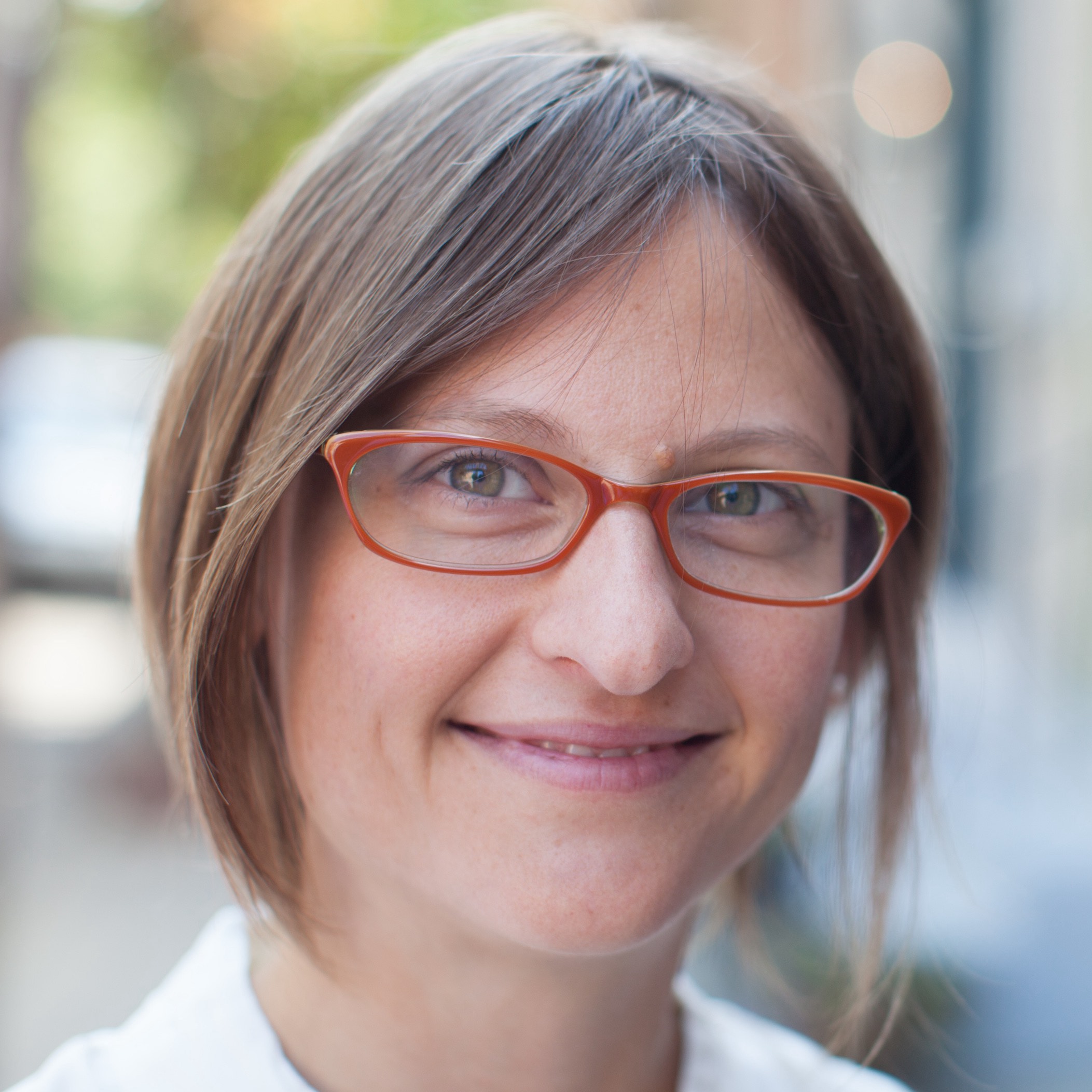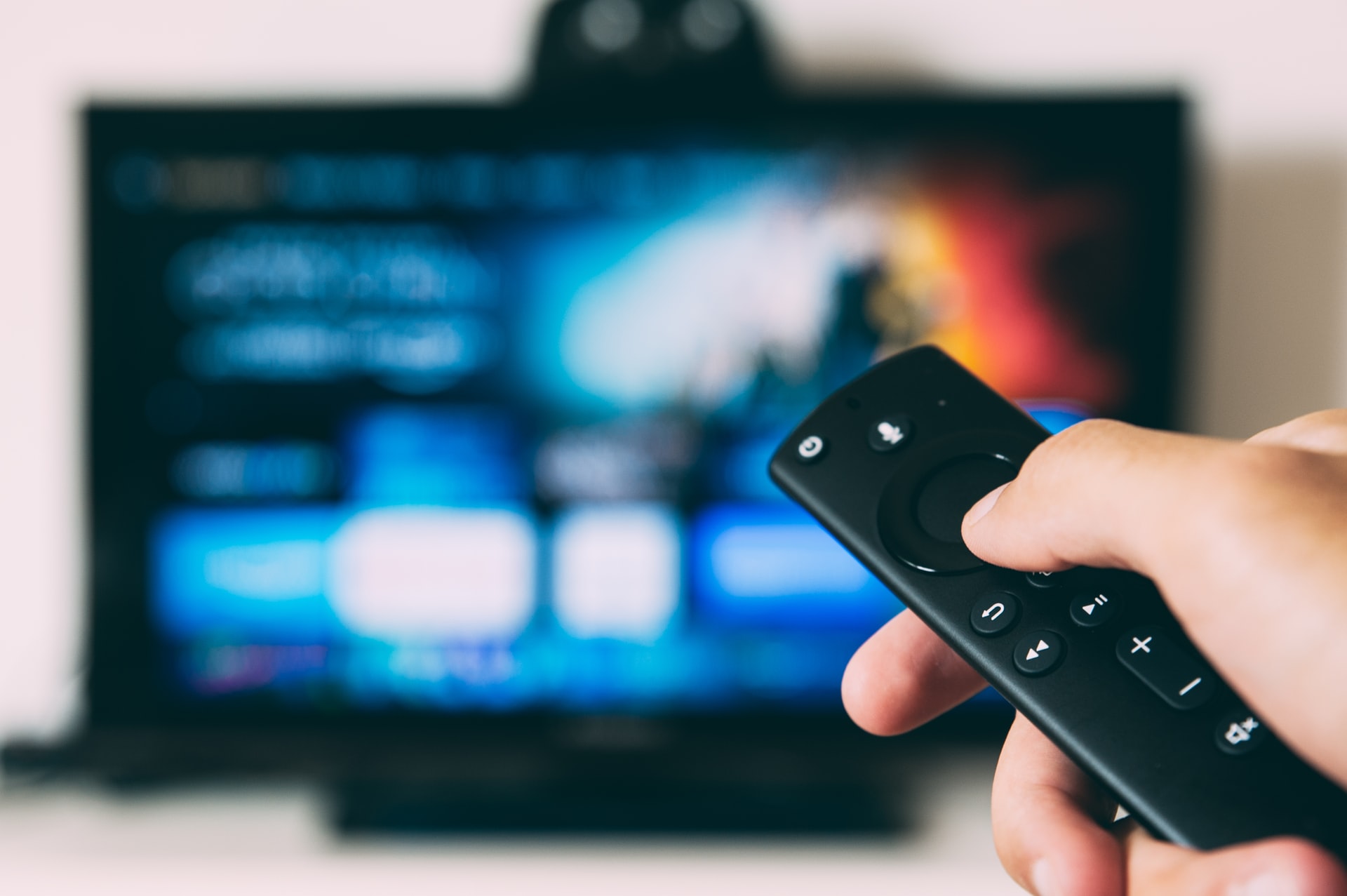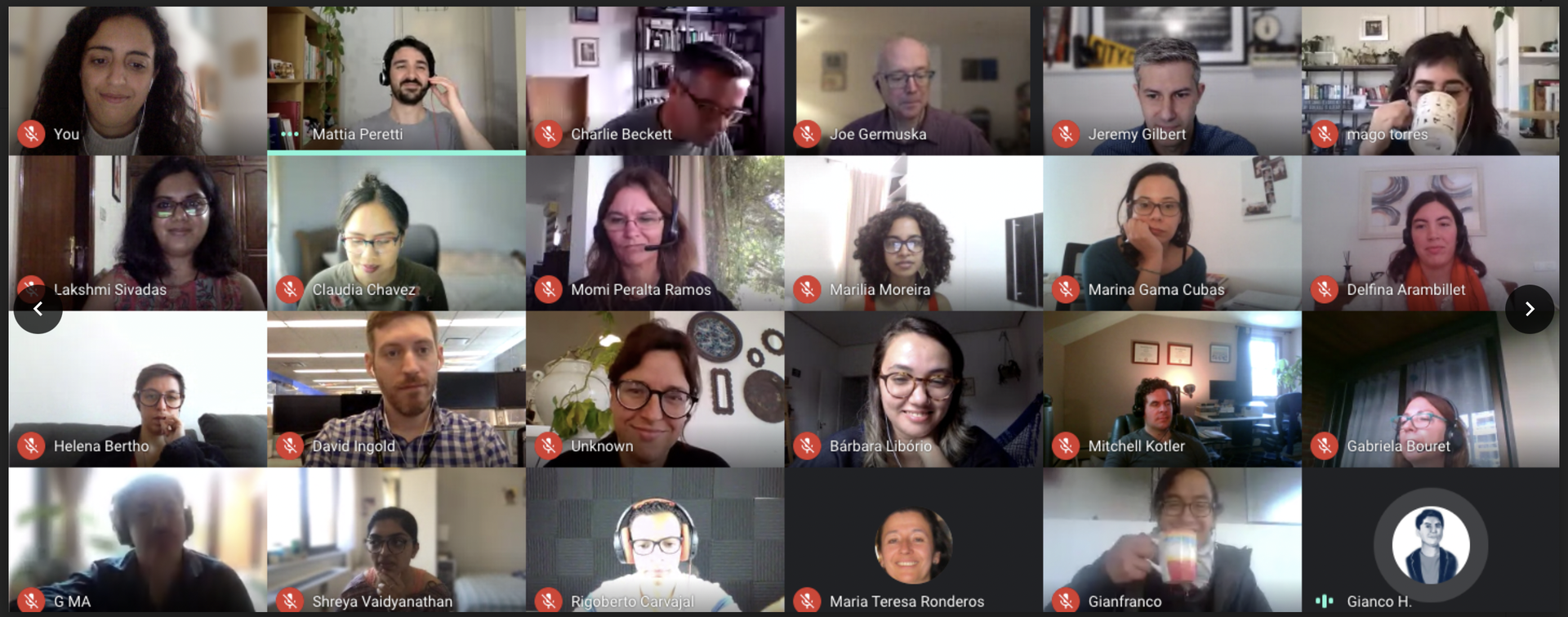The world of a data journalist is mired in numbers.
Stats after stats, spreadsheets after spreadsheets — gathering, cleaning, and processing data is undeniably a tedious process. They are worthwhile and necessary endeavors, yes, but as a budding journalism student it seems learning all of that process could make developing the skills of the data journalist seem inaccessible. It’s hard to remain invested in a project before its narrative has been fleshed out, when all you have in your hands is the numbers – not quite yet a compelling story. And for people who are just entering the field and learning to code, there is an intangible quality to data and programming that can be frustrating.
What if there were ways to help data feel tangible? What if we found ways to discover and analyze it in a way that merges physical and digital boundaries?
Learning about sensors, wearable data visualizers and hardware hacking from @jkeefe and @liza_stark at @teamblinky #NICAR14
— Sean Greene (@seangreene89) February 28, 2014
Where hardware and software converge #NICAR14 @teamblinky pic.twitter.com/qolWdUZzM3
— Hrisanthi Kroi (@HrisanthiKroi) February 28, 2014
Using simple LED lights, basic code, and the remarkably versatile electronics prototyping platform Arduino, Team Blinky, a group of DIY hackers including John Keefe of the WNYC Data News Team and Liza Stark of Parsons the New School of Design did just that. At NICAR, in a session titled “Cooking with Hardware,” the two demonstrated several projects that collected or presented physical data, like this version of a dynamic traffic monitor Keefe built as a physical manifestation of Chartbeat. The more the audience tweeted @teamblinky, the higher the column of lights lit up.
Every tweet at @teamblinky makes a physical LED strip light up more. Go go go. #NICAR14
— Shelly Tan (@Tan_Shelly) February 28, 2014
@teamblinky amazing demo of new ideas in collecting and seeing data! #NICAR14 pic.twitter.com/rE10zCQIFu
— Jennifer Brookland (@jenndb) February 28, 2014
Some of the projects presented during the hardware session at NICAR included:
The Stress Sensing Apron: When the wearer is in a neutral state, the LED lights on the front of the apron will be lit. When the wearer is anxious, a Galvanic Skin Response sensor picks up on the moisture secreted by sweat glands, and the lights will begin to soothingly fade in cycles.
Hardware hacking with .@teamblinky. #NICAR14 pic.twitter.com/OpPXMlB5p7
— Aron Pilhofer (@pilhofer) February 28, 2014
.@liza_stark ain't nervous! Check out this awesome apron @teamblinky built! w/ @jkeefe #NICAR14 pic.twitter.com/mljndBiZFM
— Heather Martino (@HeatherSaidTHAT) February 28, 2014
The Heartbeat Hoodie: Using a Polar band – a device made for runners to track their heart rates – hooked up to a type of Arduino, and sew-on LED lights, Keefe designed a hoodie that puts on display the wearer’s heartbeat.
A pressure sensor matrix mat: Stark and Keefe rigged a welcome mat up with pressure sensors and lay it across the entrance to their presentation room. Using Spark.io, the mat used wifi to send a signal that displayed a new welcome screen on the projector everytime someone walked in.
The Mood Cube: While not displayed at the session, Keefe did discuss the Mood Cube, an “ambient indicator” he built to help his wife track her period and thus predict her mood. The device itself is simply an IKEA lamp whose bulb Keefe replaced with LED lights that follow a 28 day color cycle: white for 18 days, and a progressively darker red-orange for the next 10. At the start of her period, Keefe’s wife Kristin simply pushes a button to reset the colors, and the cube will fade to black when it detects that the room is dark.

That's the inside of @jkeefe's Mood Cube for tracking his wife's cycle with ambient light. #nicar14 @teamblinky pic.twitter.com/n5eysUpNHD
— Alex Goldmark (@alexgoldmark) February 28, 2014
So, is there actual journalistic potential for the use of physical data? What exactly are the journalistic applications for this? “That’s what I want to know,” Keefe says, and that, of course, is the entire point. He describes our world as both physical and digital, and to confine the data we bother with to the latter is a gross omission. Even if we’re still figuring out what we can do with physical data, we know that we can do something.
Last year, RadioLab and WNYC worked with similar Arduino sensors to track the return of cicadas along the Eastern Seaboard. Eventually, nearly 800 people participated with homebuilt sensors. “It filled a gap in the data we had,” Keefe said. “In a way, we were crowdsourcing. If you’re trying to get at a story and the data’s not there, you can collect it.”
It wasn’t a one-time-only projects, either – WNYC is also collaborating with the Mailman School of Public Health at the Columbia University Medical Center to develop a project that would distribute air particulate matter sensors to bike commuters, map their routes to work, and detect how much particulate matter they inhale along the way as a way of exploring health and pollution.
I’m not going to go as far as to say that integrating physical and digital realities like this is the future of data journalism – because I’m not qualified to do so and because I have no idea if it’s true – but it will certainly be an aspect of it.
The world of physical data is worth exploring, worth a shot, because collecting data like this doesn’t just make for really rad projects – it will tell us things about the people, spaces, and environments around us that we couldn’t have otherwise known. It will help us find stories in places we might not have thought to look. And, isn’t that precisely what data journalism is about?
Miss our "Cooking with Hardware" #NICAR14 session yesterday? It's all at http://t.co/eIIb5fNqje cc @MacDiva
— Team Blinky (@teamblinky) March 1, 2014
Every year New York Times' Chrys Wu curates 'Slides, Links & Tutorials' from the annual CAR conference: 2014, 2013, 2012 and 2011. They are a fantastic resource for all journalists and investigators of all skill levels.
About the author

